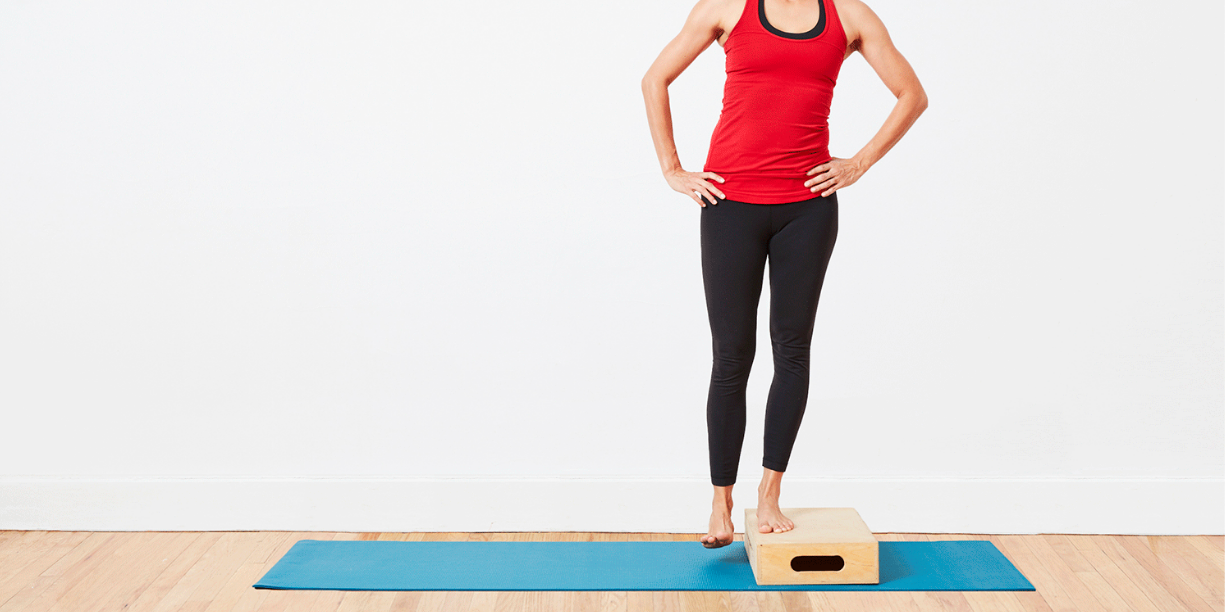



Incorporating hip hitching into your clients’ training can benefit both general fitness enthusiasts and athletes. Let’s explore what the hip hitch is, its benefits, and how to integrate it effectively into training routines.
Hip hitching involves two main joint actions:
Unlike the typical hip abduction where the leg moves away from the body, hip hitching involves lifting the hip away from the standing leg, causing the pelvis to move. This movement also engages the lateral flexors of the spine, making it a multifaceted exercise.
Try This: Stand on your left leg and lift your right hip up and away. Notice how your left pelvis moves—this is hip hitching in action.
Here is a quick video I put together to show you…
We naturally perform a hip hitch with every step we take, though with a smaller range of motion. Here’s why practicing this movement can be valuable:
Improves Pelvic Stability: Essential for efficient walking and running.
Strengthens Key Muscles: Targets the quadratus lumborum (QL), obliques, gluteus medius, gluteus minimus, and tensor fasciae latae (TFL).
Hip hitching requires:
These signs may indicate weak hip abductors and lateral spinal flexors, making hip hitching an effective corrective exercise.
Basic Hip Hitch:
Advanced Variations:
Introduce hip hitching early in your clients’ programs to enhance their compound leg exercises. Progressively incorporate more advanced variations to continue challenging their stability and strength.
Incorporating hip hitching can make your training programmes more effective and engaging. Start experimenting with these techniques and observe the improvements in your clients’ performance and stability.
Want to reduce your clients’ injury risk and achieve better results? Explore our Biomechanics Coach Diploma, which now includes a Level 4 Low Back Pain Qualification. Click here for more information.
